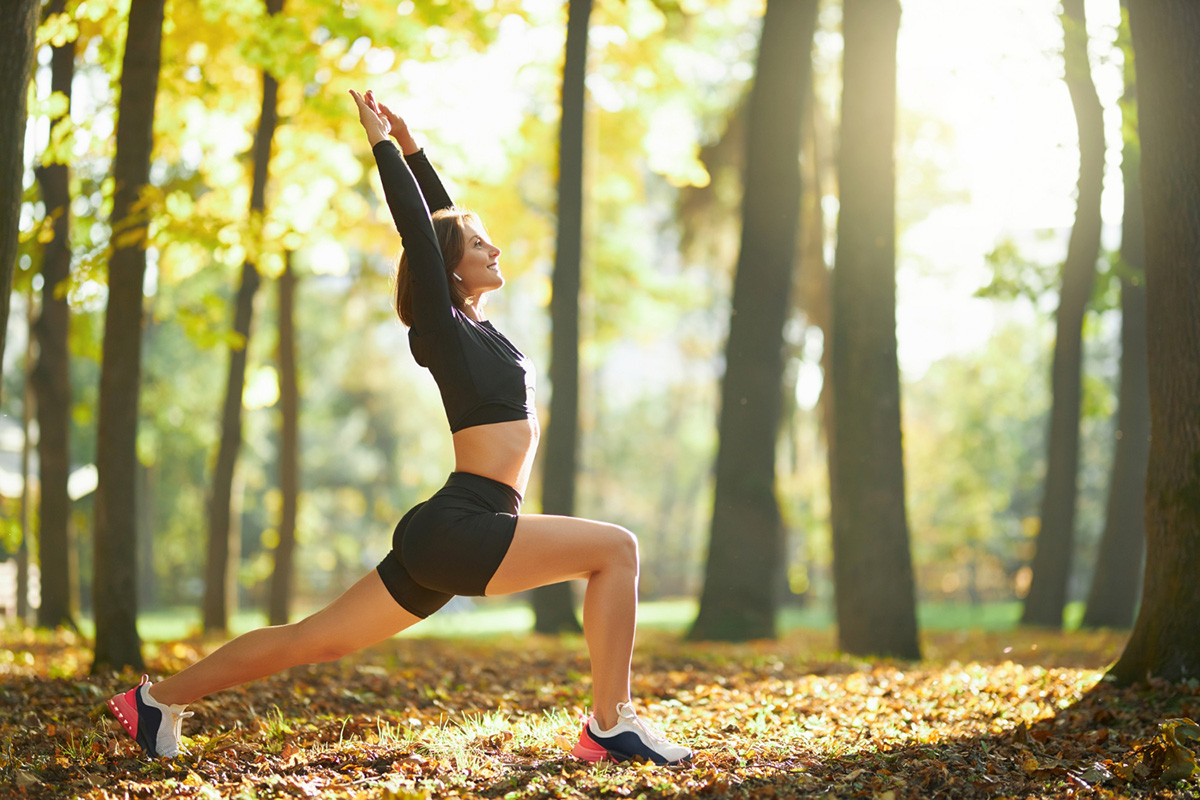Tips when Transitioning to Outdoor Exercise

As the days get longer and the weather gets warmer, many people are eager to transition their exercise routine from indoor to outdoor activities. With outdoor exercise comes the benefit of fresh air and natural surroundings, but it also brings new challenges and considerations. Transitioning to outdoor exercise is a process that requires careful planning and preparation in order to ensure success and prevent injury. In this blog post, we will provide you with some essential tips on how to transition to outdoor exercise safely and effectively.
1. Start slowly and gradually increase intensity
One of the biggest mistakes people make when transitioning to outdoor exercise is going too hard too fast. When you have been working out indoors, you have the benefit of a controlled environment, which means that you can control things like temperature, humidity, and terrain. However, when you move outdoors, you lose much of that control. You may encounter hills, uneven terrain, and varying temperatures that can affect your performance and your body. Therefore, it is essential to start with low to moderate intensity activities, such as walking or cycling, and gradually increase your intensity over time. This will help your body adapt to the new environment and build a foundation for more intense workouts.
2. Hydrate and protect your skin
When you exercise outdoors, you are exposed to the sun, wind, and other elements that can be harsh on your skin. It is essential to protect your skin by wearing sunscreen and protective clothing, such as hats and lightweight, breathable clothing. Additionally, you need to drink plenty of water to prevent dehydration, especially in hot and humid conditions.
3. Warm-up and stretch
Warming up and stretching are crucial before any exercise, but it is especially important when transitioning to outdoor exercise. Outdoor activities may require different muscle groups or use muscles in different ways, which can lead to injury if you are not properly warmed up. Take some time to warm up with light aerobic exercises, such as jumping jacks or jogging in place, and then stretch thoroughly before beginning any outdoor activity.
4. Choose the appropriate gear
Having the appropriate gear is key to a successful outdoor workout. This includes proper footwear, weather-appropriate clothing, and any necessary safety equipment. For example, if you are cycling, you may need a helmet, while if you are running on a trail, you may need sturdy, lightweight shoes that provide traction.
5. Listen to your body
Finally, it is essential to listen to your body during any outdoor exercise. If you experience any pain or discomfort, stop immediately and assess the situation. You may need to rest, adjust your form, or seek medical attention. Remember that while outdoor exercise can be fun and rewarding, it also presents new challenges and risks that should not be taken lightly.
Conclusion
In summary, transitioning to outdoor exercise requires careful planning, preparation, and execution to ensure safety and success. By starting slowly and gradually increasing intensity, hydrating and protecting your skin, warming up and stretching, choosing appropriate gear, and listening to your body, you can enjoy all the benefits of outdoor exercise while staying safe and healthy. At B Physical Therapy, we offer personalized physical therapy services in Oviedo, FL to help you maximize your outdoor exercise experience. Contact us today to schedule an appointment.